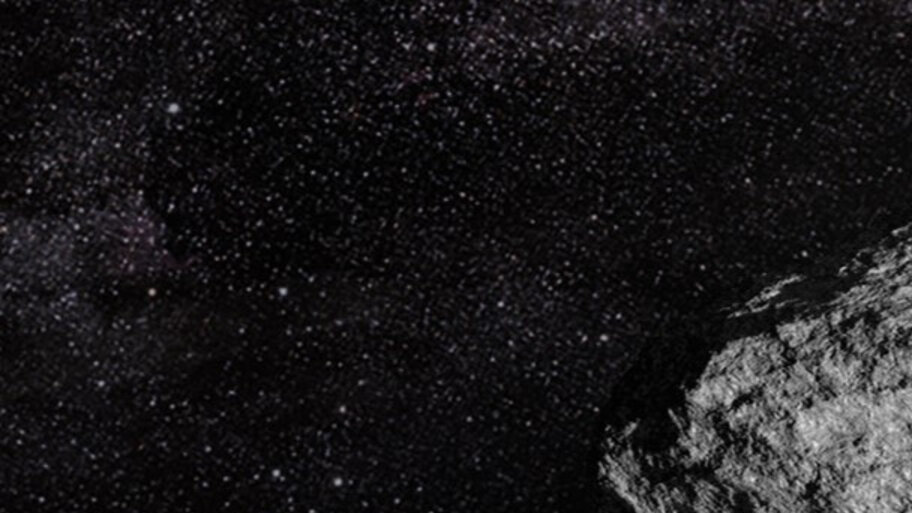Space Safety29/01/2025 96602 views 121 likes
ESA / Space Safety / Planetary Defence
The European Space Agency (ESA) Planetary Defence Office is closely monitoring the recently discovered asteroid 2024 YR4, which has a very small chance of impacting Earth in 2032.
This page was last updated on 29 January 2025. See our blog for the latest updates.
- Asteroid 2024 YR4 has an almost 99% chance of safely passing Earth on 22 December 2032, but a possible impact cannot yet be entirely ruled out.
- The asteroid is estimated to be between 40 m and 100 m wide.
- It is too early to determine where exactly on Earth a potential impact could occur.
- Two UN-endorsed international asteroid response groups are considering their next steps.
- As our asteroid survey technology improves, we are likely to detect an increasing number of objects passing close to Earth that we would have missed in the past.
Near-Earth asteroid 2024 YR4 was discovered on 27 December 2024 at the Asteroid Terrestrial-impact Last Alert System (ATLAS) telescope in Río Hurtado, Chile.
Shortly after its discovery, automated asteroid warning systems determined that the object had a very small chance of potentially impacting Earth on 22 December 2032. 2024 YR4 is estimated to be between 40 m and 100 m wide. An asteroid this size impacts Earth on average every few thousand years and could cause severe damage to a local region.
As a result, the object rose to the top of ESA’s asteroid risk list. Since early January, astronomers have been carrying out priority follow-up observations using telescopes around the world and using the new data to improve our understanding of the asteroid’s size and trajectory.
As of 29 January 2025, ESA estimates that the probability that asteroid 2024 YR4 may impact Earth on 22 December 2032 is 1.2%. This result is consistent with independent estimates made by NASA’s Center for Near-Earth Object Studies (CNEOS) and NEODyS.
Asteroid 2024 YR4 is now rated at Level 3 on the Torino Impact Hazard Scale: a close encounter that warrants attention from astronomers and the public. It is important to remember that an asteroid’s impact probability often rises at first before quickly dropping to zero after additional observations. For an explanation of why this happens, see the video below:
How asteroids go from threat to no sweat
Asteroid 2024 YR4 is estimated to likely be larger than 50 m and has an impact probability higher than 1% at a point in time within the next 50 years. It therefore meets all of the criteria necessary to activate the two UN-endorsed asteroid reaction groups: the International Asteroid Warning Network (IAWN) and the Space Mission Planning Advisory Group (SMPAG).
IAWN, chaired by NASA, is responsible for coordinating the international group of organisations involved in asteroid tracking and characterisation. If appropriate, IAWN would develop a strategy to assist world governments in the analysis of asteroid impact consequences and in the planning of any necessary mitigation responses.
ESA is a member of IAWN and is now coordinating additional observations and regularly updating its risk assessment.
The asteroid’s orbit around the Sun is elongated (eccentric). It is currently moving away from Earth in almost a straight line, making it difficult to accurately determine its orbit by studying how its trajectory curves over time.
Over the next few months, the asteroid will begin to fade out of view from Earth. During this time, ESA will coordinate observations of the asteroid with increasingly powerful telescopes, culminating in the use of the European Southern Observatory’s Very Large Telescope in Chile, to gather as much data as possible.
It is possible that asteroid 2024 YR4 will fade from view before we are able to entirely rule out any chance of impact in 2032. In this case, the asteroid will likely remain on ESA’s risk list until it becomes observable again in 2028.
Near-Earth asteroid 2024 YR4 observed with the European Southern Observatory’s Very Large Telescope in January 2025. Credit: ESO/O. Hainaut et al.
SMPAG, chaired by ESA, is responsible for facilitating the international exchange of information, developing opportunities for collaborative research and missions, and conducting near-Earth object threat mitigation planning activities related to asteroid 2024 YR4.
The Group will convene at its existing planned meeting in Vienna next week to determine its next steps. If the asteroid’s impact probability remains above the 1% threshold, SMPAG will provide recommendations to the UN and may begin to evaluate the different options for a spacecraft-based response to the potential hazard.
For more information, please contact:
ESA Media Relations
Thank you for liking
You have already liked this page, you can only like it once!


